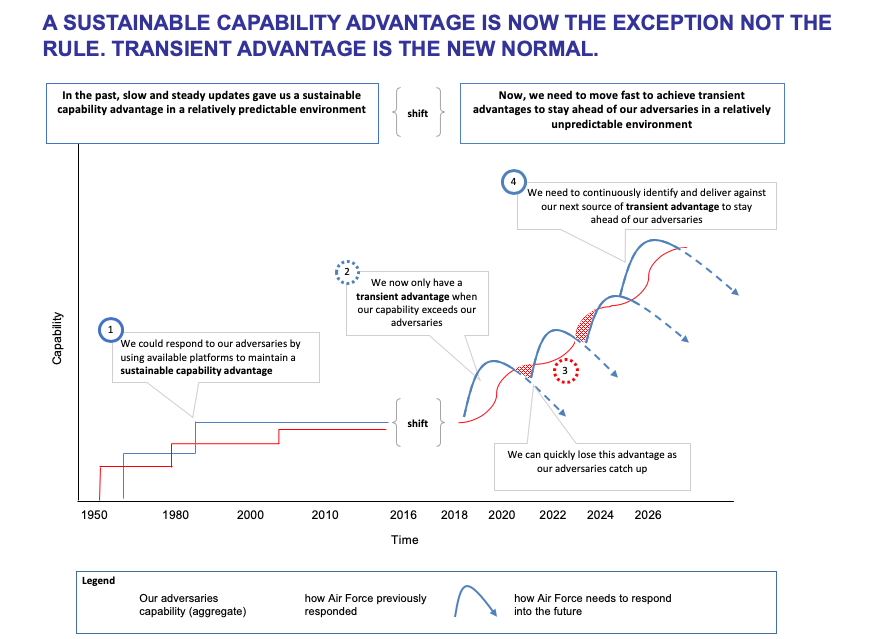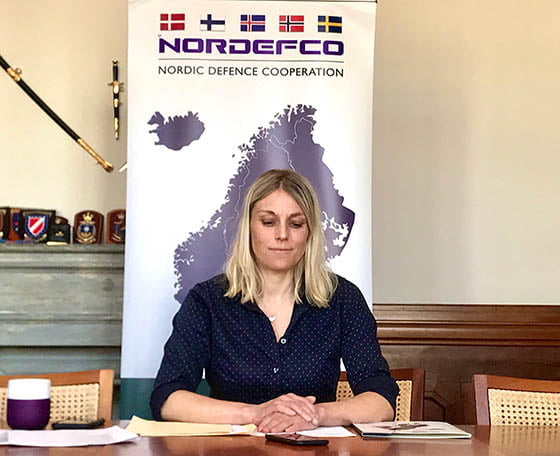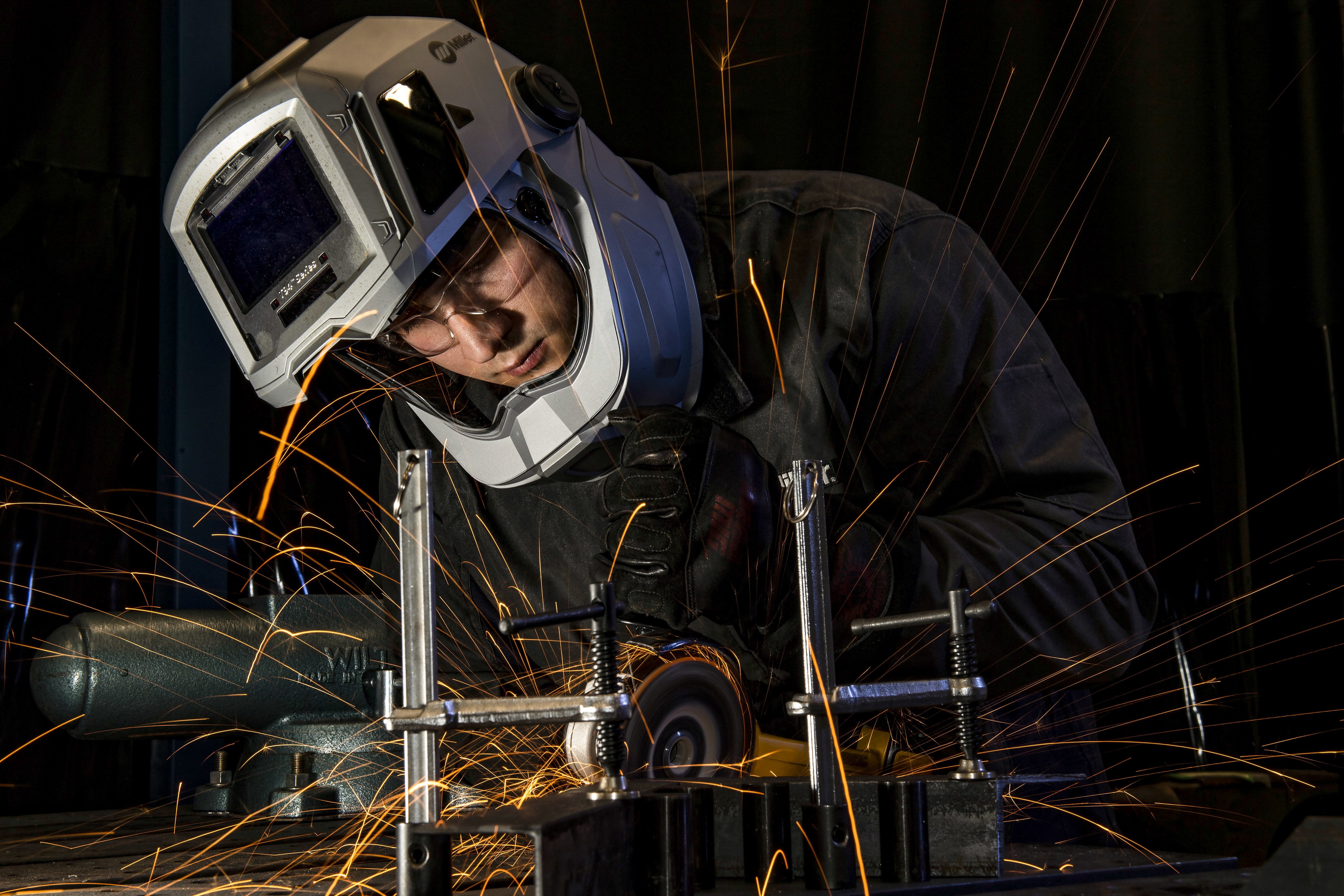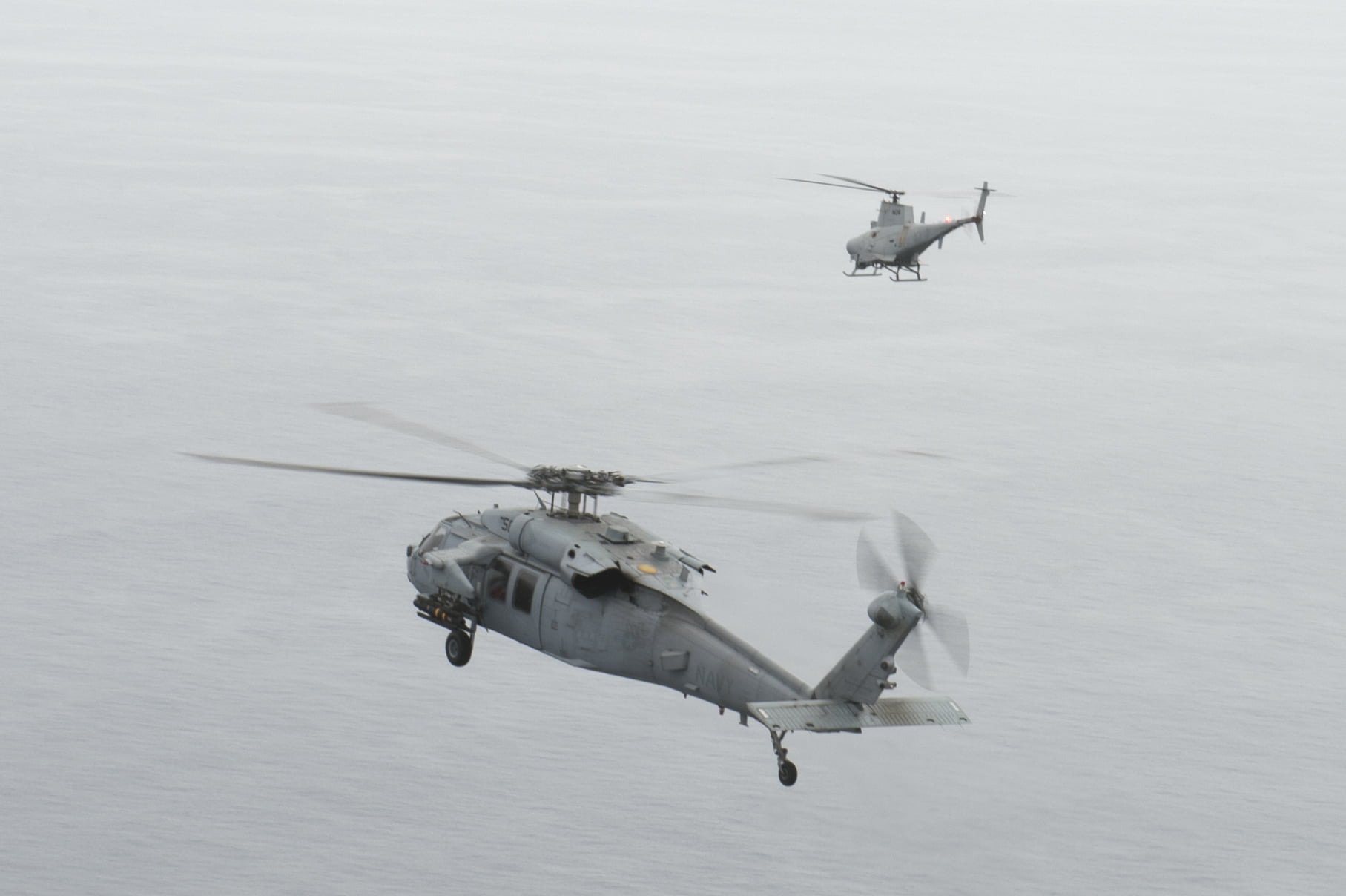The NORDEFCO framework encompasses Finland and Sweden who are not members of NATO along with three members of NATO, namely Norway, Denmark and Iceland.
Their cooperation is an example of clusterization whereby like-minded states are finding ways to enhance their capabilities to work together in ways that a broader alliance, whether the European Union or NATO are simply unable to do given the multiple memberships.
As we argued in a 2017 article: “From the Cold War, to the Post-Cold War World to the post-9/11 World, to the post-shared sovereignty globalization world, we have entered a new phase of global development whereby states are operating along the lines of working with aggregated interest “clusterizations “and promoting national interests.
“It is clear is that security threats have unleashed national reactions with various nations seeking to rebalance their position in the global order, and seeking to work with clusters of either like minded states, or with states capable of providing key need.”
NORDEFCO is a clearly a case in point. Recently, Denmark chaired the first NORDEFCO meeting of the year held under the conditions of COVID-19, which meant by teleconference.

According to a story on the Danish Ministry of Defence website published on March 30, 2020:
The defence ministers of the Nordic countries met today via teleconference during the first of their two annual meetings in the Nordic Defence Cooperation (NORDEFCO) under Danish chairmanship. A clear focus of the ministers’ discussions was on the current COVID-19 epidemic which is affecting all the Nordic societies.
“The NORDEFCO cooperation is an important contribution to the Nordic countries defence and the regional security and stability in the Nordic area – not least in the current troubling situation that the COVID-19 out-break causes. In situations such as these our close cooperation shows its clear value” stated the Danish Minister of Defence, Trine Bramsen
During today’s teleconference, the ministers discussed their respective efforts to overcome the epidemic and its consequences for the national defence forces. The countries agreed on the importance of a continued close cooperation.
Furthermore, the ministers discussed the implementation of the common Nordic Vision 2025 including on enhancing cyber security ,the Nordic-Transatlantic relations and a strengthened Nordic cooperation in crisis or conflict. The ministers also discussed Nordic contributions to international operations.
The story added further details on the NORDEFCO efforts and progress over the past few years.
Nordic Defence Cooperation (NORDEFCO)
The Nordic countries have a long tradition for working closely together. This includes within the area of defence and security policy.
The Nordic defence cooperation (NORDEFCO) encompasses all of the Nordic countries, i.e. Denmark, Finland, Iceland, Norway and Sweden.
2019 marks the tenth anniversary for the foundation of NORDEFCO, which was established in 2009, with the aim of bringing together a range of separated collaborative forums (NORDAC, NORDCAPS and NORDSUP).
Within these 10 years, the Nordic defence cooperation has intensified significantly, including within operations, training and exercises, as well as within capability development.
Substantial results and progress have been made within a wide range of areas, which all together strengthen the defence capabilities of the Nordic countries as well as the regional security and stability in the region.
The Nordic defence cooperation is an important priority for Denmark, and it adds on essential value to the broader international defence cooperation within e.g. the UN, NATO, and the EU.
In 2020, Denmark will take over the chairmanship of NORDEFCO from Sweden.
Significant results and areas of cooperation
Easy Access
Among the most significant results in recent times is the agreement on ”Easy Access”, which was ratified in 2016, when Denmark took over the rotating chairmanship of NORDEFCO. The aim of the Easy Access-agreement is to secure easy military access to sea, air, and land territories between the Nordic countries, e.g. through simplifying and streamlining the administrative processes in the countries. This creates an opportunity for closer and more operationally effective Nordic defence cooperation in peacetimes. The Nordic agreement on Easy Access has also given inspiration to other regional security forums that have as well begun the work to promote military mobility between member countries.
Increased Radar Sharing
Another significant result from 2017 is the agreement on increased radar data sharing, which aims to create an overview of activities in the Nordic and Baltic region.
Given the increasing unpredictability and complexity of the regional security situation in recent years, an enhanced and combined picture of the security situation in the region is of great importance.
Secure Shared Communications
In addition to this agreement, there have been established secure and direct communication channels between the Nordic countries, which means that classified conversations and videoconferences can be held in a closed communication system.
This is a unique feature within international defence cooperation.
Enhanced Operational Cooperation
Lastly, a lot has happened within defence capability cooperation, where the Nordic countries a looking to acquire a common Nordic combat uniform by 2022.
In the area of operations, Denmark cooperates with Norway and a range of other countries on the deployment of transport aircrafts to the UN peacekeeping mission MINUSMA in Mali.
The deployment is part of a Nordic-initiated rotation scheme, in which the participating countries on a rotational basis are responsible for deploying aircrafts to the UN mission.
The rotation scheme runs until November 2020. Sweden has previously contributed to the rotation scheme. In October 2019, the Danish Parliament gave the mandate for a second deployment of a Danish transport aircraft to MINUSMA, which will be deployed from mid-November 2019 and six months ahead.
VISION 2025
In November 2018, the Nordic defence ministers signed ”Vision 2025”, which sets out the political framework and ambitions for the defence cooperation in the Nordic region towards 2025 through some general guidelines along with 16 specific goals.
Vision 2025 raises the ambition of the Nordic defence cooperation by stating that it should apply not only in peacetimes but also in the event of a crisis or conflict.
The aim is, among other things, to make NORDEFCO a platform for close political dialogue, information sharing, and, if possible, the coordination of common Nordic positions on possible crisis situations.
In the face of a growing threat from terror, cyber, and hybrid challenges, Vision 2025 assesses that there is a need for a closer cooperation within all of these areas. Moreover, the aim is to strengthen the inter-operability, deterrence, and cooperation on total defence in the Nordic region.
The ambition with the strengthening of the Nordic defence cooperation extends beyond the Nordic region.
Thus, it is a stated ambition in the vision to strengthen the Nordic-Transatlantic partnership, and to further develop cooperation and dialogue with the Baltic countries.
This includes within capacity-building, where the Nordic and Baltic countries together have developed a program with a special focus on Georgia, which provides a framework for increasing the cooperation and dialogue.
Danish chairmanship in 2020
The chairmanship of NORDEFCO rotates between the four Nordic countries Denmark, Finland, Norway, and Sweden (Iceland participates, but does not hold the chairmanship).
In 2020, Denmark will take over the chairmanship from Sweden. The implementation of Vision 2025 will be one of the most important priorities of the Danish chairmanship.
The Danish chairmanship priorities include:
- Enhance Nordic-Transatlantic relations further as well as the cooperation and dialogue with Estonia, Latvia and Lithuania.
- Develop knowledge and explore possibilities for cooperation within the area of cyber security with the aim to improve our resilience against dangers from growing cyber threats.
- Share information and discuss approaches to promote green defence. A particular focus area will be to explore reduction of the carbon footprint in deployments.
- Continue to strengthen NORDEFCO as a forum for political and military dialogue on security and defence with enhanced focus on the Arctic.
- Continue to improve our ability to act together in peace, crisis and conflict.
- Consolidate the newly established mechanism for crisis consultations.
- Explore possibilities for Nordic armaments and defence industry cooperation inherent in the European Defence fund as well as other relevant forums and instruments. The Nordic Defence Industry Seminar 2020 will serve as a platform to promote dialogue.
Accompanying the chairmanship is the responsibility for hosting the biannual ministerial meetings, the annual meeting of the permanent secretaries, as well as other regular meetings in both the political and military pillars of NORDEFCO, cf. the organisational chart below.
The ministerial meeting in the autumn of 2020 will besides the Nordic defence ministers also gather the Baltic defence ministers for a separate Nordic-Baltic ministerial meeting as well as the defence ministers from the UK, the Netherlands, Germany, and Poland for meetings within the framework of ‘Northern Group’.
‘Northern Group’ is a North-European security and defence policy forum, which Denmark chairs in the second half of 2020. Conducting the meetings in tandem provides excellent opportunities for synergies between the different forums. It also provides the opportunity for more expanded perspectives on regional security policy developments and challenges.
HAGA: Nordic civil Emergency Management cooperation
In 2020, Denmark will also take over the chairmanship of the ‘Haga cooperation’.
The Haga cooperation stems from the Haga Declaration, which was adopted at Haga Castle just outside Stockholm, Sweden in April 2009. The purpose of Haga is to promote Nordic cooperation on social security and civil emergency management.
The aim is to reduce the overall vulnerability of the Nordic countries, strengthen the joint responsiveness, increase efficiency, as well as achieve a greater joint influence in Europe and international forums.
On October 15, 2019, the Danish Minister of Defence Trine Bramsen attended a ministerial meeting in Oslo, where the minister – along with her Nordic colleagues, reached an agreement to further strengthen the Nordic civil emergency management cooperation.
The adopted ‘Oslo conclusion’ defines a range of cooperation areas that will be further pursued from 2019-2021. The Nordic countries have also agreed to further investigated the possibilities of expanded cooperation within forest and natural fires, CBRN-emergency management (i.e. accidents involving hazardous substances), as well as joint Nordic radio communication.








